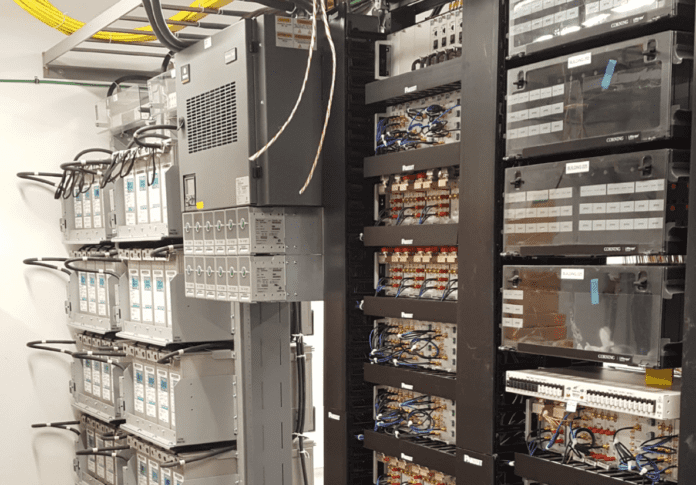DAS and digital electricity combine to solve in-building wireless coverage and capacity needs
With more than 5 million-square-feet of retail, office, hotel, restaurant space, Michigan Plaza has a complicated set of needs related to in-building wireless. In addition to being a LEED-certified complex with Low-E glass windows–a material that makes an outside-in approach to cellular untenable–the 44-story and 25-story buildings are in an area of extremely dense mobile data use.
According to a case study developed by JMA Wireless, a high-density of millineals equates to a capacity crunch. Along with the aforementioned uses, the facility also houses classrooms for Argosy University. “Millenials, in particular, were not satisfied with the cellular connectivity that Michigan Plaza afforded,” which is problematic for a space that has nearly 20,000 daily visitors.”
Facing challenges associated with the space available for network infrastructure, as well as a construction timeframe dictated by the myriad needs of building occupants, JMA Wireless brought in its TEKO DAS and FUZE digital electricity systems. The vendor said the TEKO footprint is 30% to 70% smaller than comparable products. It took JMA and integrator Connectivity Wireless around four months to install the four-sector DAS.
To the electricity point, “AC power was not available to power the remote units located throughout the massive facility; therefore FUZE’s digital electricity capability was utilized. With FUZE, equipment up to 6,000 feet away from the main power source can be powered without the use of conduit and other electrical power requirements. Remote units are deliver multi-carrier, multi-band support over a single composite fiber that connects to the master unit.

